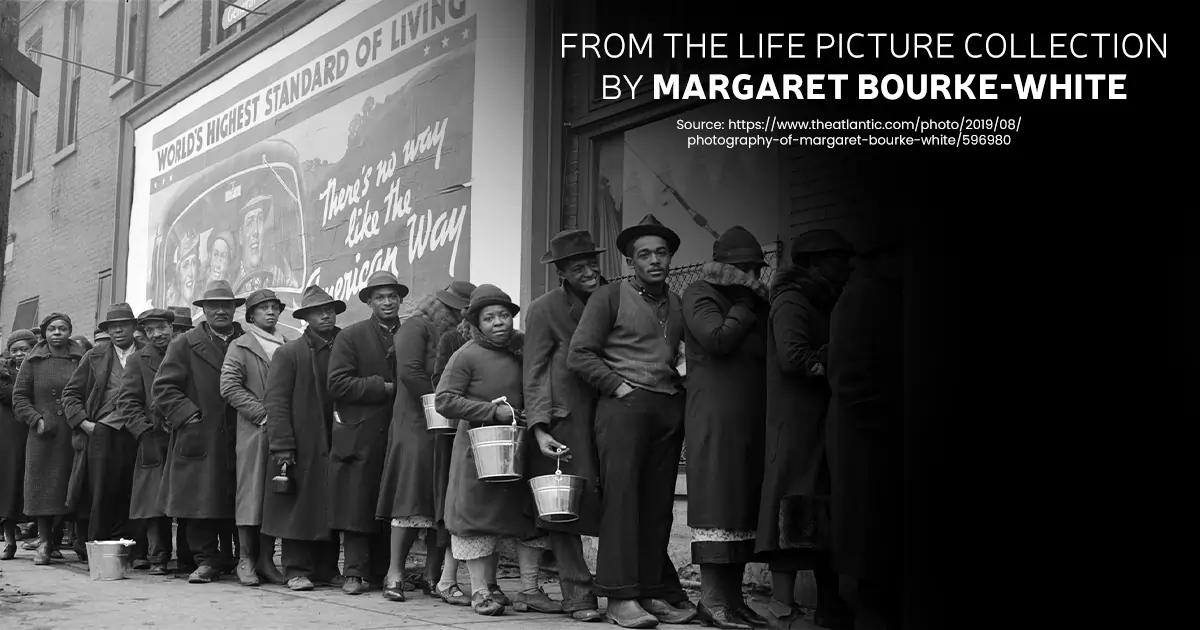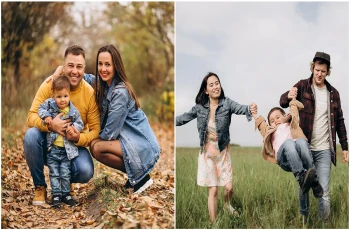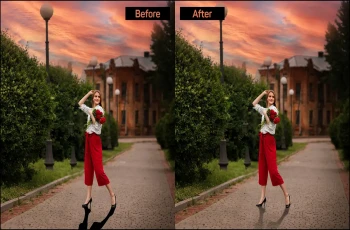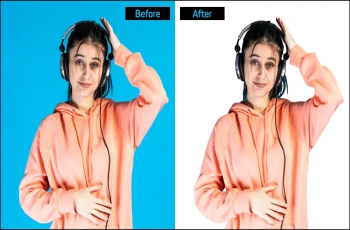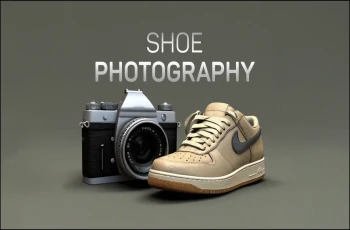13 Famous Photojournalists You Need to Know
Gordon Parks said, "The day he understood the camera could be a weapon against poverty, racism, and all sorts of social wrongs, he had to have it." Not only Gordon Parks, but many other famous photojournalists also used their cameras as weapons, captivating the brutal history in their frames which left an impact in our minds forever.
So, today I will tell you about the 13 best photojournalist photographers who fearlessly went to dangerous places to show us the world's cruel reality and create history. Without further ado, let's start!
The Birth of Photo Journalism
Before the 1830s and 40s, people used to tell war stories with written words, art, illustrations, and engraving. However, Mathew Brady changed the pattern and presented real-life events with time life photos.
Before taking the war images, Brady was a nationally renowned photographer who took images of celebrity figures like Abraham Lincoln. Later, he, Alexander Gardner, and other photographers went to the Civil War and captured real-life events in his frames, which made Brady the father of photojournalism. He captured the images of the Battle of Antietam and showed the conflict and brutal reality of the wars in October 1862 in his Broadway Gallary in the USA.
Though Brady Mathew's images did not get the response he desired and he died in debt, he still brought a change in society with his time life photos. Following his examples, many amazing photojournalist photographers were born and showed life events, social issues, fashion trends, war, abuses, and inventions that are still living as memories in the modern world.
Famous Photojournalists Who Represented the Reality Through Lens
Photojournalists' courageous minds make them different from other photographers. They go to dangerous places to present the reality of the situation like conflict, tragedy, and anguish. Let’s see 13 courageous famous photojournalist photographers who moved people and changed the world with their time life images.
Robert Capa
Hungarian-American war photojournalist, Robert Capa, is considered one of the best photojournalist photographers of the 20th century. He was a brave man who went to every length to show the brutality of the war.
I still remember his famous quote, "If your pictures are not good enough, you are not close enough." Wars are scary. There are landmines and shootings everywhere. People are dying every moment. Nobody would want to get close to a dangerous situation. However, to show the brutal reality and people’s emotions, he never hesitated to get close and take good time life photos.
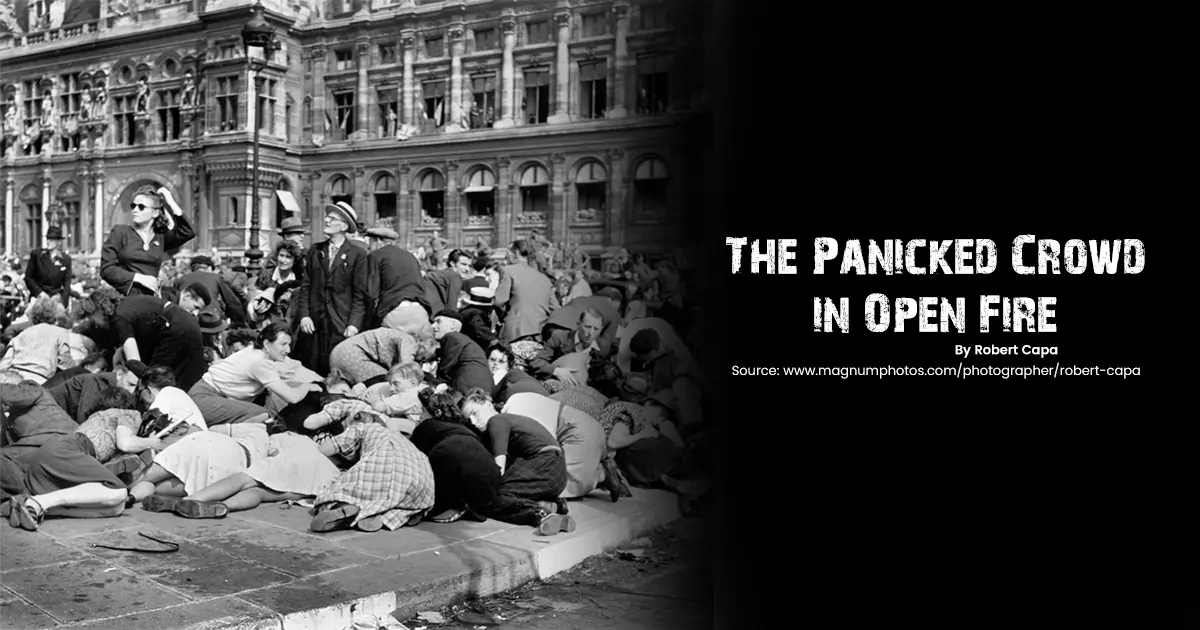
Throughout his 40-year lifetime, he documented 5 wars - The Spanish Civil War, the Second Sino-Japanese War, World War II, The 1948 Arab-Israel War, and the First Indochina War. He died stepping on a landmine in the Indochina War in 1954. If you want to see his war image collection, you can visit Magnum Photos. His images will make you feel like you are living in the moment.
Steve McCurry
American photojournalist, Steve McCurry was born on February 24, 1950, in Philadelphia, Pennsylvania. He is known for his travel and cultural photography. He loves to capture different cultures and tell unique stories through his lens that nobody ever told.
McCurry is known for his famous image ‘Afgan Girl’ which shows the piercing gaze of 12-year-old Afgan refugee ‘Sharbat Gula’. Her captivating eyes melted everyone's heart and showed the devastating situation with her tired and angry expressions and torn clothes.
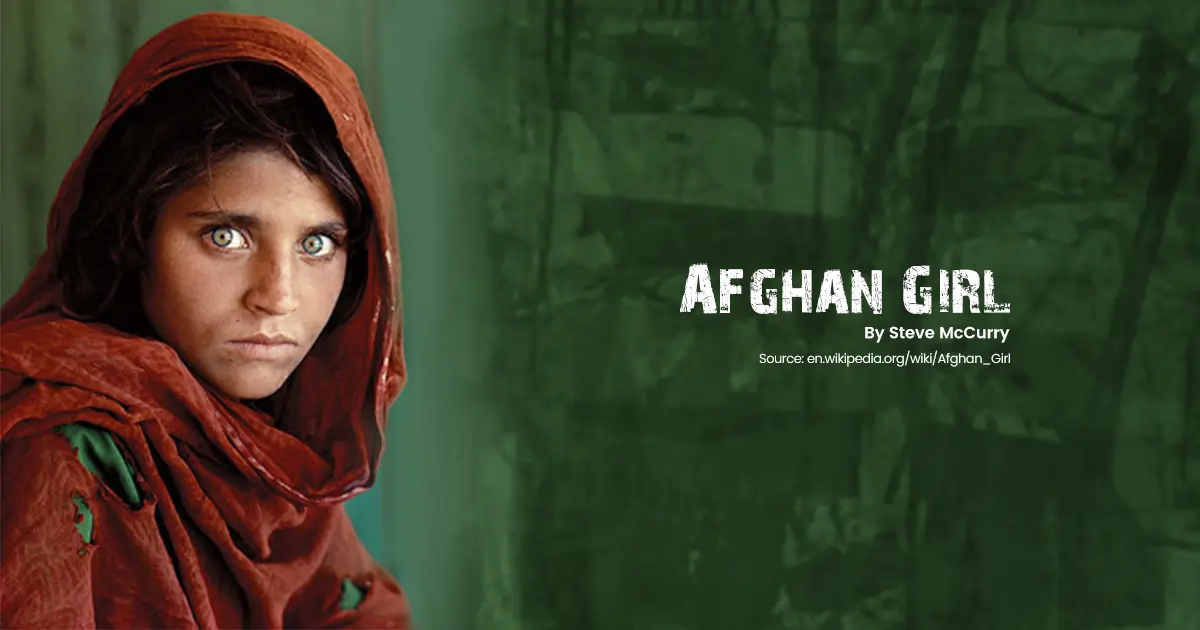
Not only Afgan Girl, but Steve McCurry's picture collection is full of powerful images that are taken in different places like Bangladesh, India, Myanmar, Afghanistan, and so on. His friendly personality and adventurous mind allow him to take every image in a unique style that tells a story of its own.
Margaret Bourke White
American Photographer and LIFE's first female staff photographer, Margaret Bourke White, was born in 1904 in New York City. She is known for the iconic image of ‘Mahatma Gandhi and the Spinning Wheel.’ However, when Mahatma Gandhi's image was taken, it did not become popular. When Gandhi was assassinated in 1948, it immediately caught public attention and was published in LIFE's magazine to Tribute Mahatma Gandhi. From then on, Gandhi's image became one of the most popular time life photos of Margaret Bourke White.
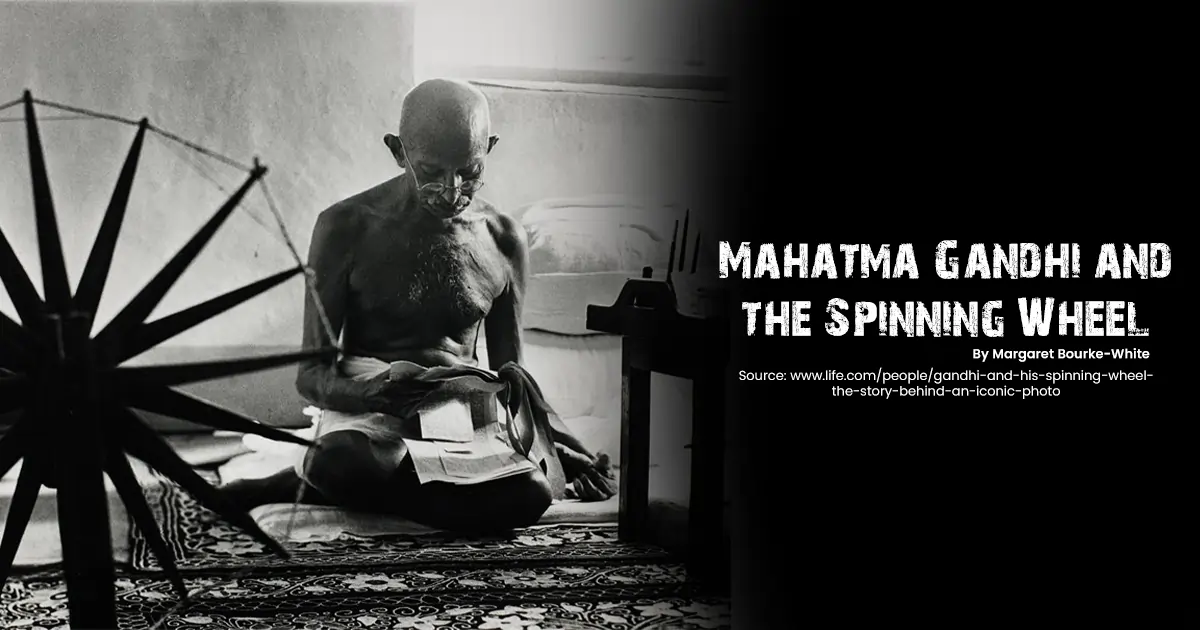
She is not only popular for Gandhi's photo but also for capturing many significant historical moments. She is a brave woman who captured images in World War II, the great depression era, the rise of the industry, the struggles of civil rights, and so on. She broke down stereotypes, took amazing images, roamed around the world, and left us amazing human and societal memories that impact us and will forever live as historical treasures.
Henri Cartier-Bresson
Henri Carter Bresson was born in Chanteloup, Seine-et-Marne, France, in 1908. He was fascinated with painting at an early age. However, in 1932, he found his passion for photography and did his first exhibition at the Julien Levy Gallery in NYC, in 1933.
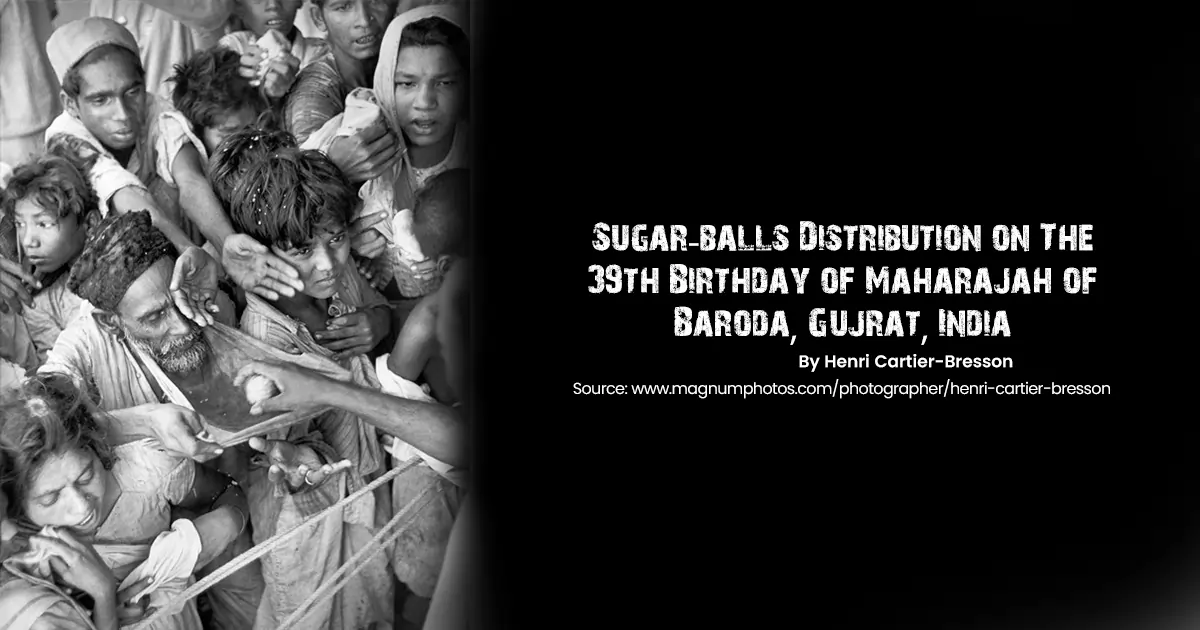
Bresson's life was quite eventful. He was taken to prison in 1940 and successfully escaped the prison in 1943. He even helped prisoners and escapees by joining an underground organization. He took images of the Liberation of Paris with other photojournalists and filmed a documentary called ‘Le Retour/The Return/Reunion’. He co-founded Magnum Photos alongside Robert Capa and other photojournalists.
Bresson traveled the world, took amazing time life images, wrote a book called ‘The Decisive Moment’, and created his own foundation called ‘Foundation Henri Cartier-Bresson’ in 2003. He also received many awards and doctorates for his contributions to the world.
Dorothea Lange
American documentary photographer, Dorothea Lange was born in Hoboken, New Jersey, in 1895. Due to contracting polio at the age of seven, her right leg weakened, resulting in her becoming limp. Adding to her misery, her father left their family when she was only 12 years old. None of this suffering could subdue her passion for photography. She studied photography at the Colombia University.
Lange's images of the Great Depression became famous, especially the image of "Migrant Mother, Nippo, California." When she visited PEA-PICKERs Camp in California in 1936, she saw 32-year-old Florance Owen. She was the mother of seven children struggling with hunger. This image shows the mother's worry and struggles to provide food for her children and surviving together.
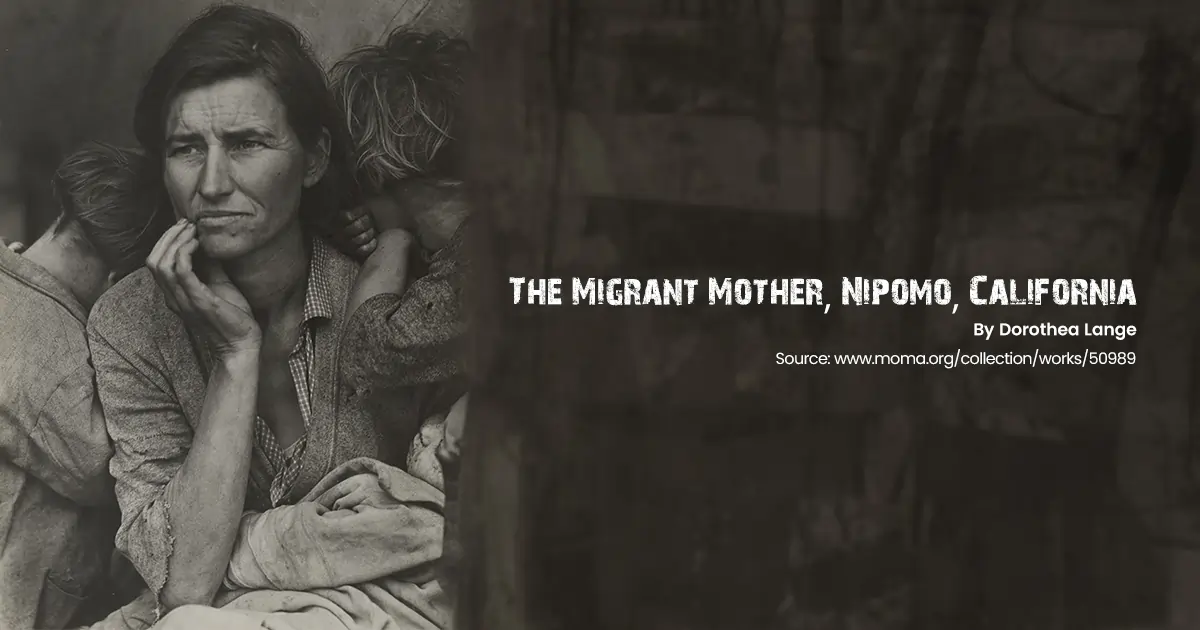
Dorothea Lange's every image tells a story of the struggling men, women, and families of the Depression era. She also captured the unemployed men looking for jobs, migrant workers, and so on. Her images can be found in the Library of Congress. She also documented the evacuation of Japanese Americans to the detention camps after the Japanese bombing of Pearl Harbor. She truly was a stunning woman who marked history with her amazing time life images that will live forever.
Gordon Parks
Gordon Roger Alexander Buchanan Parks, in short, Gordon Parks was born in 1912 in Font Scott, Kansas. He came from a poor family but fell in love with photography when he saw the images of migrant workers. To him, the camera was a weapon against poverty, racism, and other wrongdoings. He took it, self-learned the techniques, and became one of the best photographers of all time. Parks photojournalism photos were published in LIFE Magazine.
Alongside becoming a photojournalist, he was a composer, author, and film director. His images focus on the social and economic impact of racism, poverty, and discrimination. He took images of Muhammad Ali, Malcolm X, and other celebrities and advocated and documented Civil Rights. His captured images were used to show the realities of society in the Civil War.
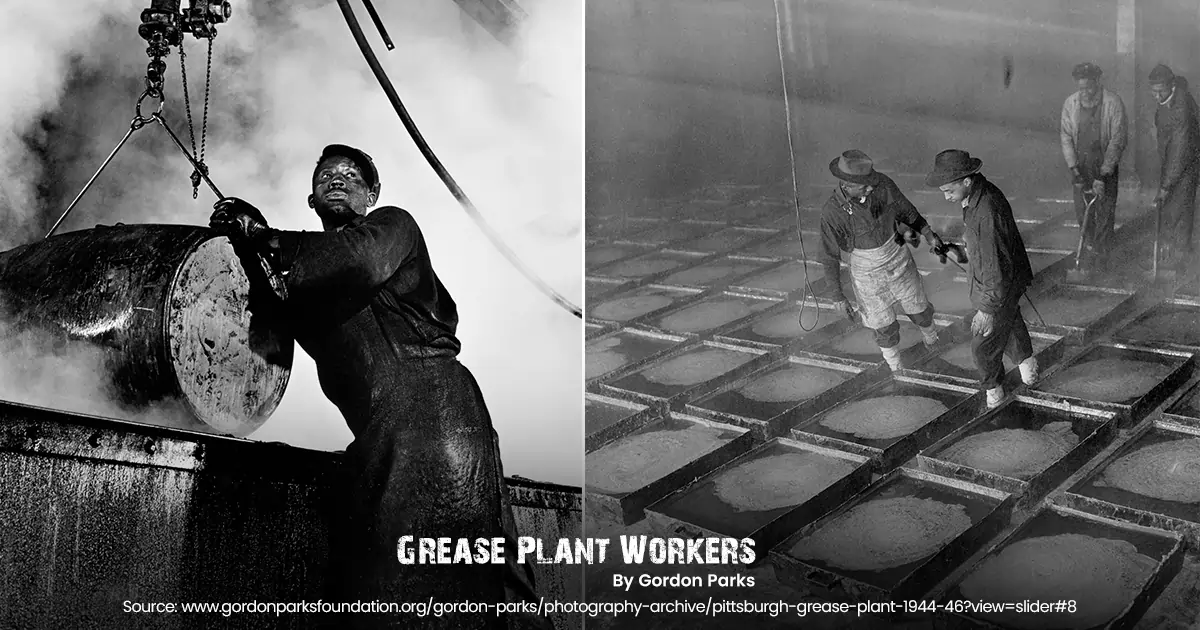
Parks became the first African-American to write and direct a major Hollywood film called ‘The Learning Tree’ based on his best-selling novel. Another film called ‘Shaft’ has many sequels due to its popularity. He never let his skin color stop him from
improving his skills, showing the world's realities through his lens, and writing. You can see his works in the Gordon Parks Foundation, Gordon Parks Museum, Library of Congress, The National Achieves, and other places.
Eddie Adams
Famous American photographer and photojournalist, Eddie Thomas Adams was born in 1933 in Pennsylvania. At first, he worked for newspapers and then joined the Marines at the age of 17. His famous photojournalism photos include the execution moment of “Nguyen Van Lem”. The image is also known as ‘The Saigon Execution’.
Though he is the most popular for the Saigon Execution image and won the Pulitzer Prize, he regretted taking the image. This Viet Cong Prisoner image helped bring down the Vietnamese war but it did not tell the whole story. The image seems like General Loan brutally killing a Vietnamese civilian. However, it is the opposite. The man at the gunpoint was the killer of General Loan's aid's wife and four children. To punish the man, he killed him but the world saw a policeman abusing his power and killing an innocent man.
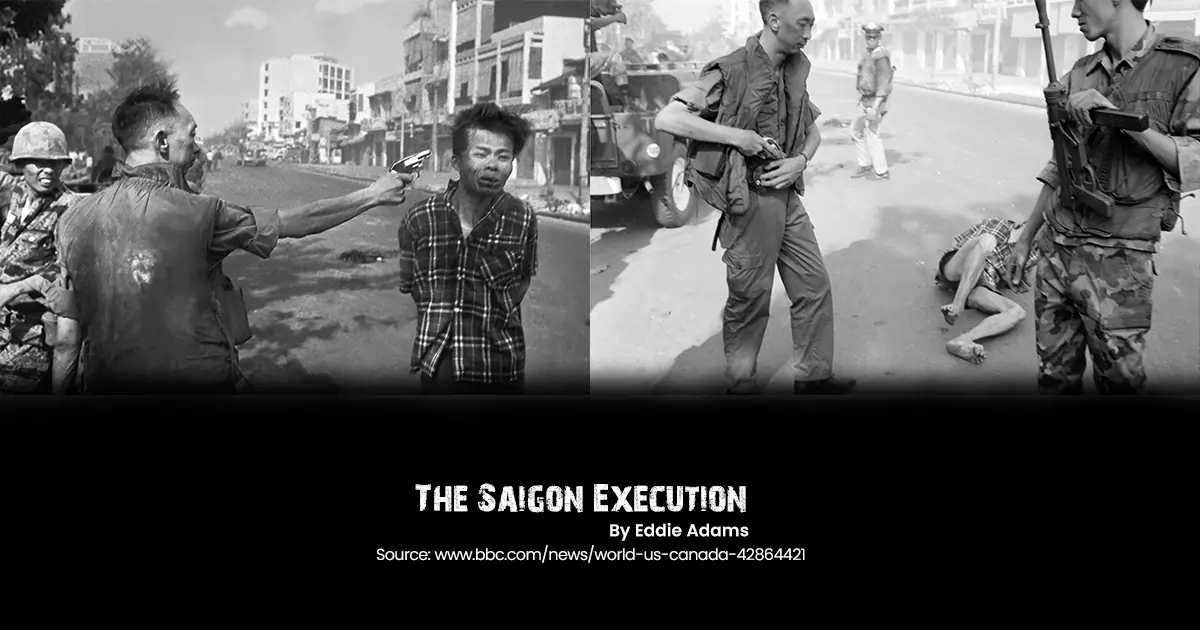
Adams said, "The general killed the Lem but I killed the general." The general's life was ruined after the photo was published. Though he fled to the USA, people despised him, forced him to take an early retirement, and denied him medical facilities. The general died of cancer in 2004.
Addams said photography is a powerful weapon. It can tell you many truths in one single frozen moment. He proved it with his many war images. His every image shows the raw emotions of the people, the brutality, and how close people have faced the wars. Though he is famous for war photos and is called a combat photographer, he took many other famous photos of politicians and celebrities, making him one of the most versatile photojournalists of his era.
Kavin Carter
South African Photojournalist, Kavin Carter was born in 1960 in South Africa. His neighborhood was full of white people and he felt like a refugee there. Thus, he started taking images to document the sickening treatment of white people toward black people and black ethnic groups. He gathered some photographers, roamed around South Africa, and took images of violence, torture, and killing.
He is best known for the image 'The Vulture and the Little Girl' taken in 1993 during Famine in Sudan. He was heavily criticized for the image. People said that he should have dropped the camera and helped the little girl. However, during their visit to Sudan, he was surrounded by Sudanese soldiers. So, even if he wanted he could not help. Thus, he captured the image and showed the sufferings of the Sudanese people.
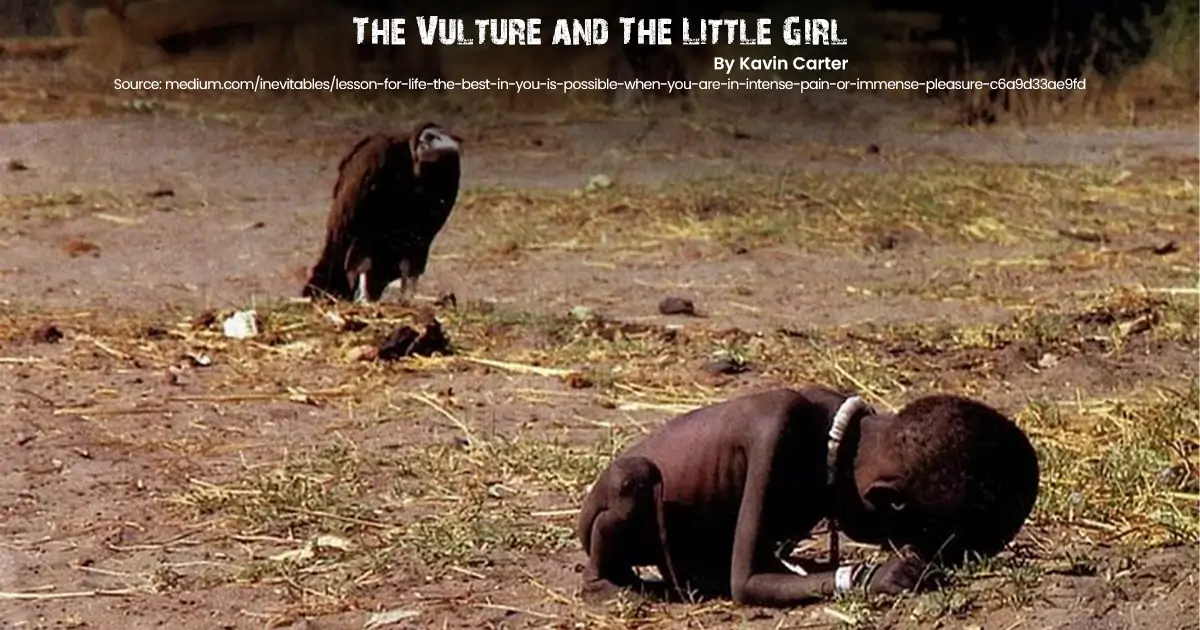
Not only did Carter show the world the brutalities of the war, but he also became affected to the point he needed to take drugs to sleep. The more places he went, the more beatings, stabbings, gunshots, and deaths, he saw, and the more depressed he became. He felt guilty that he could only take images of the suffering and could not help them. Because of guilt and depression, Carter committed suicide and died only at the age of 33.
Kavin Carter's death showed us that photojournalists are also human and what are the costs they pay to show the brutal realities of society.
Lynsey Addario
Fearless photojournalist, Linsey Addario was born in Norwalk, Connecticut in 1973. Over the last two decades, she documented Afghanistan, the Taliban, South Sudan, and other places to capture the struggles, conflicts, and sufferings of the people. Her main subjects are women. She captured the female members' lives in the military, how women's lives are in the male-dominated society and their trauma and abuse, their lives in times of conflict and war, and so on.
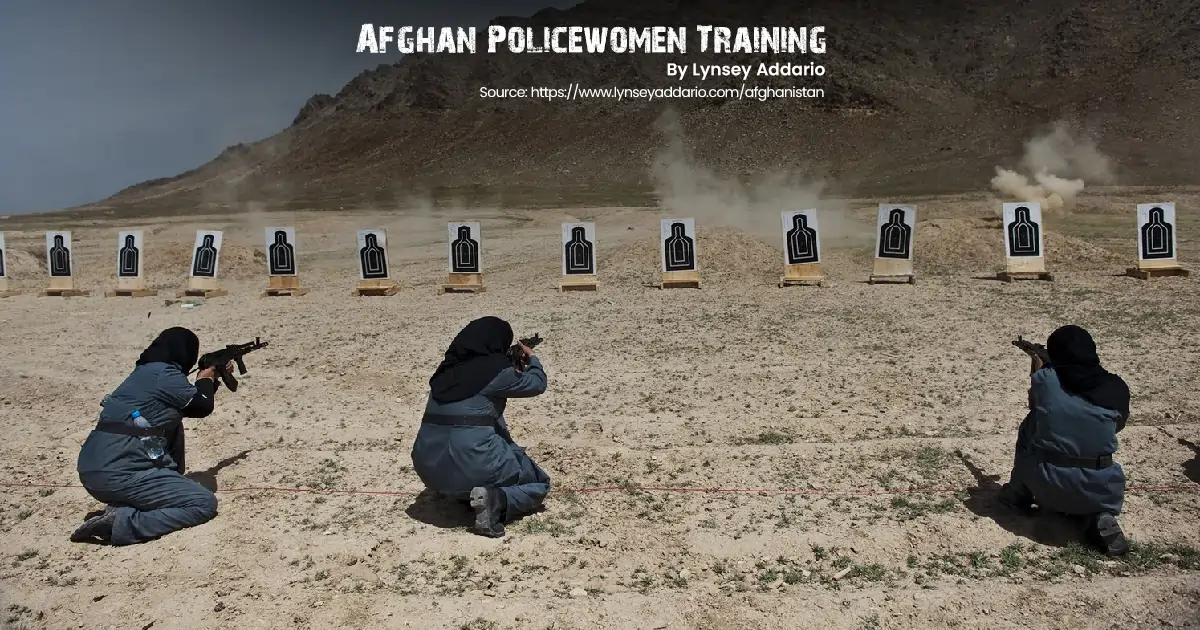
Though I said her main subjects are women, she captured many important historical moments in history. She visited Afghanistan, the Iraq War, Darfur, Libya, COVID-19 in the UK, and other conflicted zones to provide voices to the struggling people. She is a fearless photojournalist who saw the hardships from close and captured them through her lens. Her powerful photographs won her Pulitzer prizes and other honorary awards. You can visit her website or Instagram account to see her powerful time life photos from various conflicting zones.
Sebastião Salgado
Brazilian social and environmental photojournalist photographer, Sebastião Salgado studied economics before becoming a photographer. This is why his images show the connections between people and nature.
His time life photos subject consist of poverty, labor, displacement, environments affected by human activities, and individual people living in hard economic situations. His projects Genesis and Workers show the life of strong workers and the beauty of untouched places.
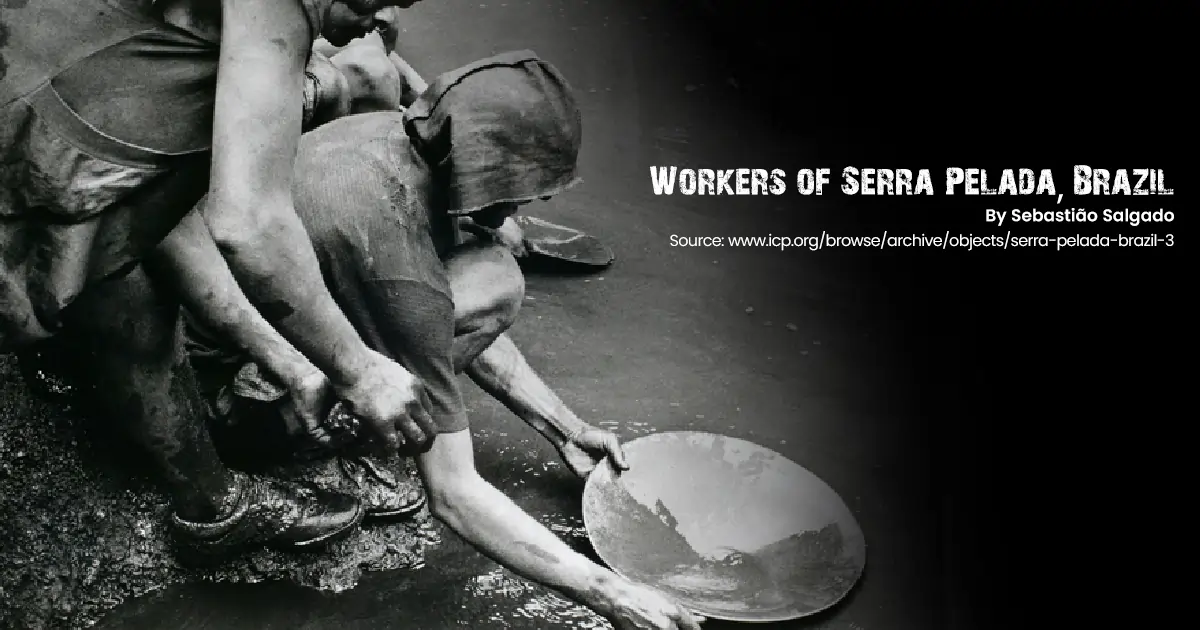
Salgado publishes images in a series, making you feel like you are seeing a story and living the moment. His images provide an economic and social situation and give you scenarios and life lessons. See more of Salgado’s works on his Instagram account.
James Nechtwey
Nothing is Written, Anything Can Happen the Next Moment - A Truth said by James Nechtwey.
This brilliant American photojournalist decided to become a photographer after seeing the brutalities of the Vietnam War and the American Civil Rights Movement. He did not take any professional training to become a photographer. Nechtwey worked in newspapers and trained by creating his own assignments. He went to conflicted areas, took close shots, and published his works in newspapers and magazines.
His subjects were both service members and civilians. His images show the darkest times, distractions, brutality, suffering, moments of hatred, and heroism on the battlefield. His pictures feel so raw and alive that they can make you cry and feel the pain and suffering of the people in the images.
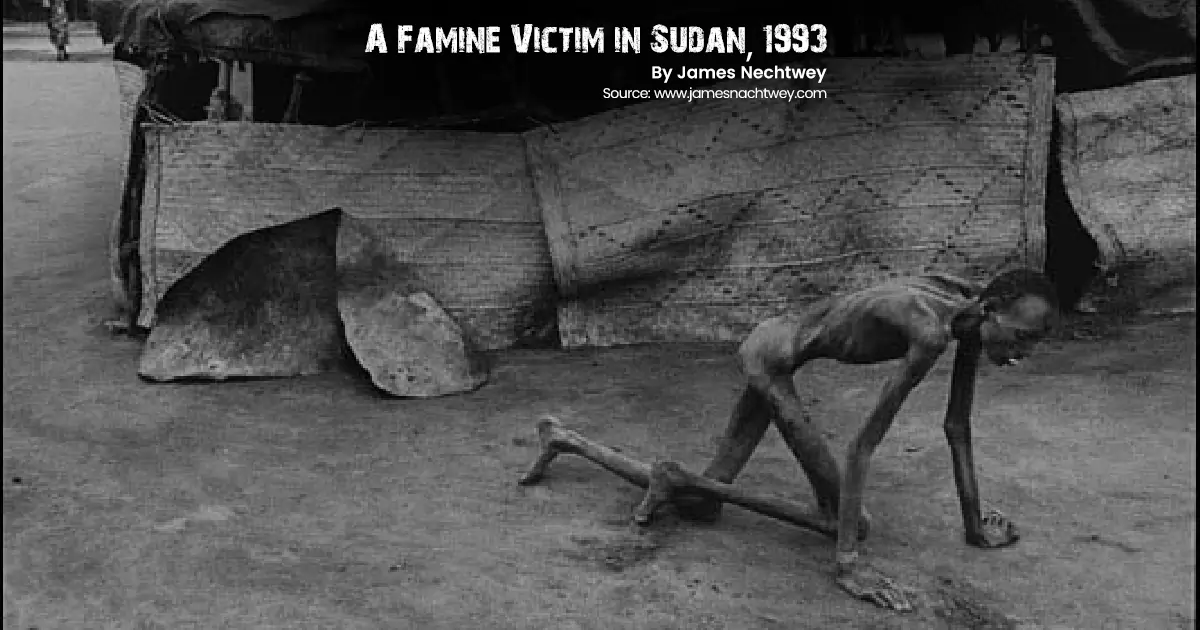
Nechtwey documented many conflicted areas, and war zones, and highlighted social issues. He said, “He just throws himself to take the time life photographs and feels like he is witnessing the history.” He won many prestigious awards including the Martin Luther King Award, the Robert Capa Gold Medal 5 times, Magazine Photographer of the Year 7 times, The World Press Photo Awards, and other numerous honors. Visit Nechtwey’s Instagram account to see more of his brilliant works.
Stephanie Sinclair
Born in 1973, Stephanie Sinclair documented many conflicting areas such as people's occupation in Iraq and the violence of the Afghanistan war. However, she is most famous for capturing the abuse, brutalities, and sufferings faced by young girls throughout the world.
She also did a project on the lives of young girls called "Too Young To Wed" where she visited more than 50 countries in the world for 15 years and portrayed the young girls' condition in various situations.
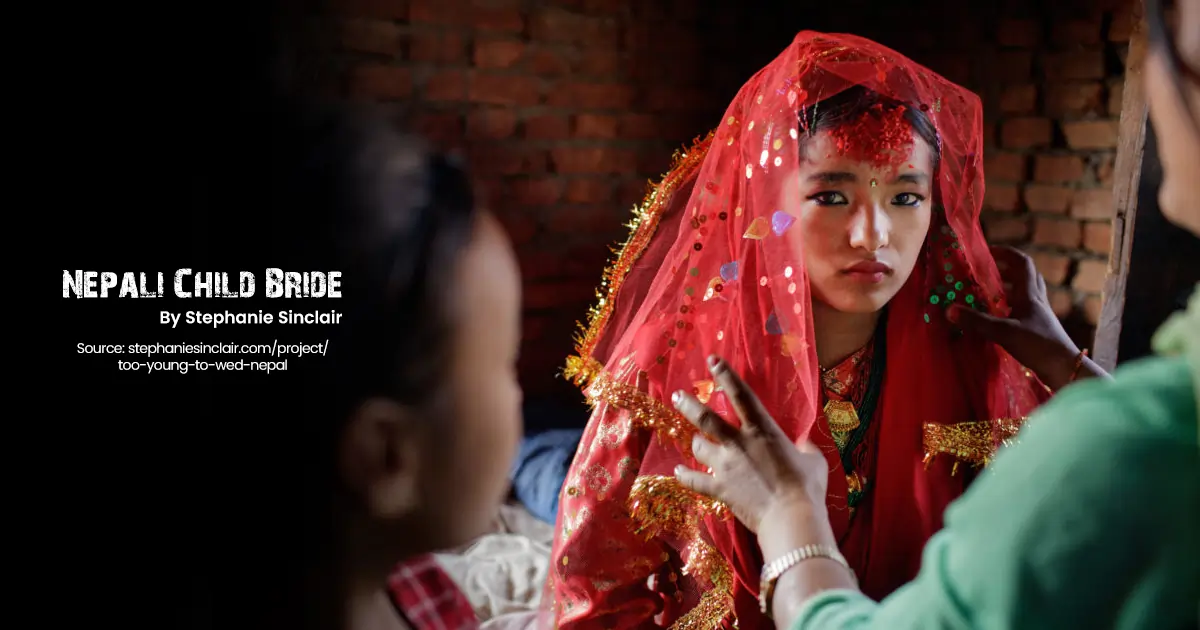
It is the image of a Nepali young bride taken from too young to wed project. Her eyes portray thousands of emotions, pain, fear, immense responsibility, and leaving her childhood behind forever. Sinclair contributed immensely to society by showing the side effects of child marriage and the abuse happening to young girls all around the world.
Nick Ut
Fearless famous photojournalist photographer, Nick Ut started his photography career as a freelance photographer in the Associated Press (AP) after his brother was killed pursuing the same path in AP. However, the tragedy did not stop Ut and he covered the rest of the Vietnam War in his camera frames. He was injured multiple times in the Vietnamese war, almost dying with gunshots to his stomach, chest, and left leg.
He still continued his journey as a photojournalist and covered many conflicting areas with bravery. Ut is famous for the image "Napalm Girl" who was running naked after her village was bombed. She had third-degree burns and was screaming in pain. after taking the image, Ut took the injured children to the hospital and saved their lives.
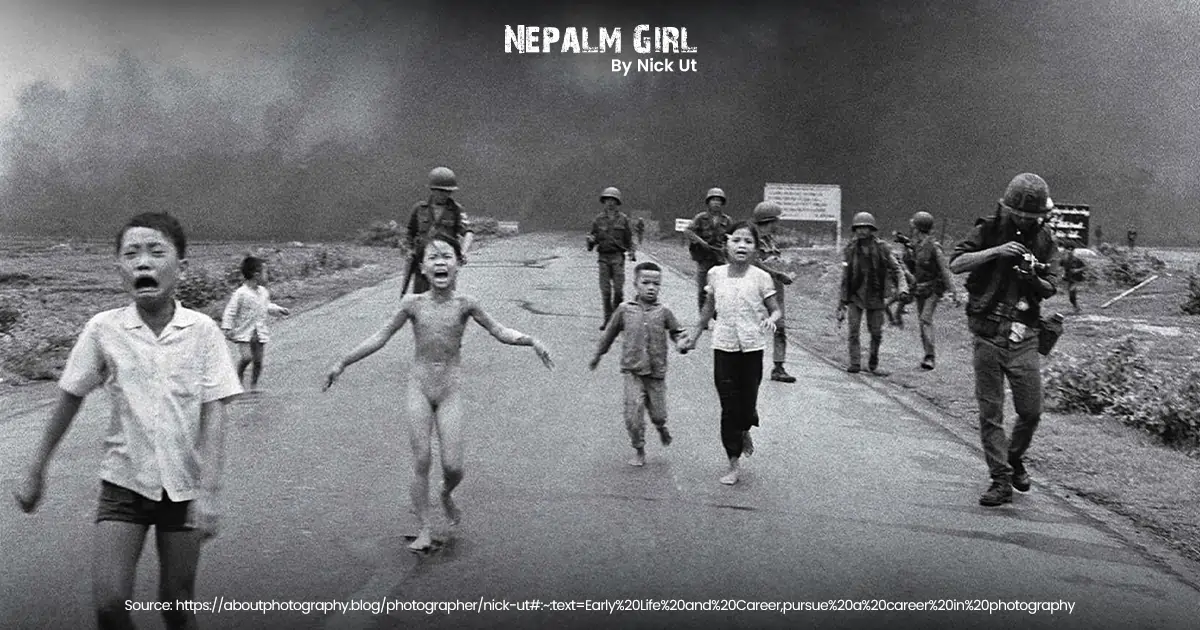
The "Terror of War" image truly shows the horror and suffering of the civilians in the war. Because of the wonderful and emotional images from the wars, he won the Pulitzer Prize, the Overseas Press Club Prize, and many more honorary awards. He is still working with AP as a photojournalist and contributing to society by showing the realities of the world.
Final Words
Famous Photojournalist photos proved that “A picture is worth a thousand words” and can change the world.
All the above-mentioned famous photojournalists are brave and are not afraid to show the realities of the world, even if it costs their lives. Because of their contributions to society, we can see the brutalities that happened before and still happening in the world. We are truly grateful to all the photojournalists who are continuously exposing the conflicts and sufferings of the war and social issues. Lastly, if you want to know about the best commercial photographers in the USA, read this article - Best Commercial Photographers of USA.
 English
English Arabic
Arabic Danish
Danish Dutch
Dutch Finnish
Finnish French
French German
German Hebrew
Hebrew Italian
Italian Japanese
Japanese Norwegian
Norwegian Polish
Polish Portuguese
Portuguese Spanish
Spanish Swedish
Swedish Russian
Russian
